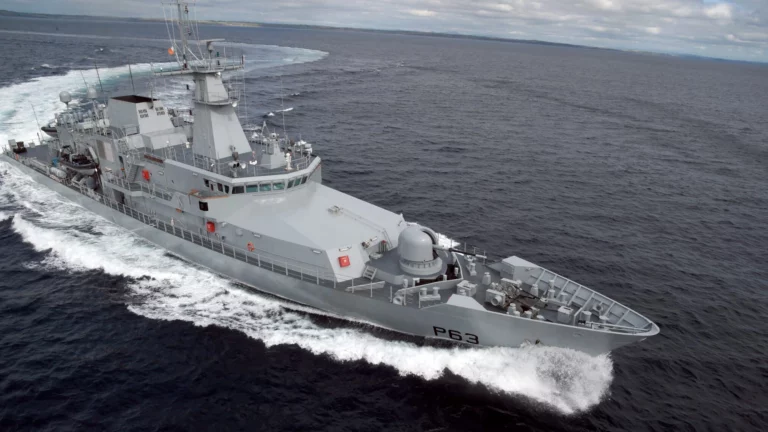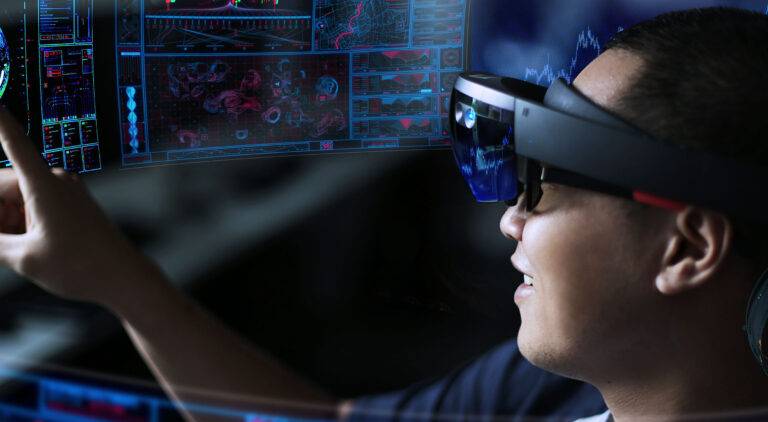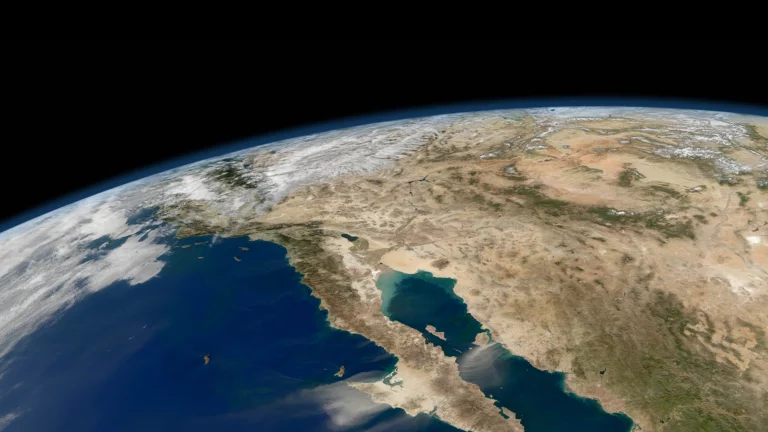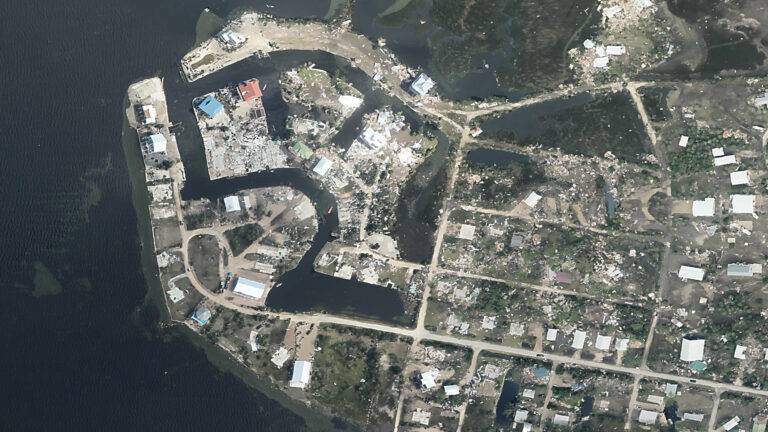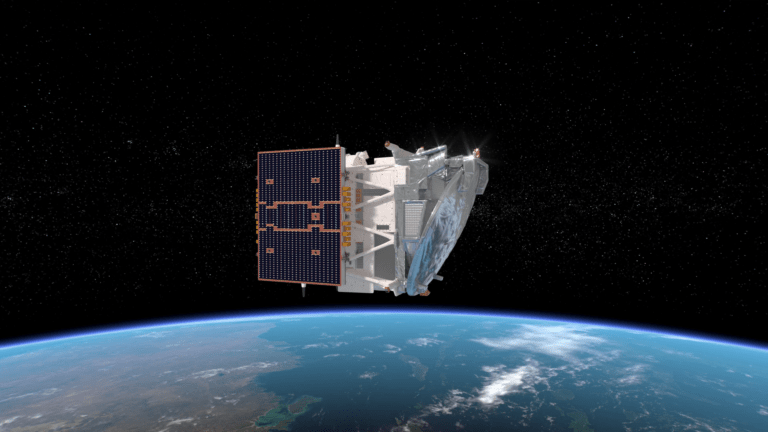Skytek Partnered with VTT, Finland on the development of an Augmented Reality Solutions for Astronauts on Board the ISS
Skytek have partnered with the VTT Technical Research of Finland https://www.vttresearch.com/ in the development of an Augmented Reality (AR) solution for ESA to enhance the features provided by the mobiPV system to astronauts the ISS. The AR system which will be deployed based on the Microsoft Hololens device will provide a hand free means for astronauts to access and retrieve operational instructions when performing complex tasks.
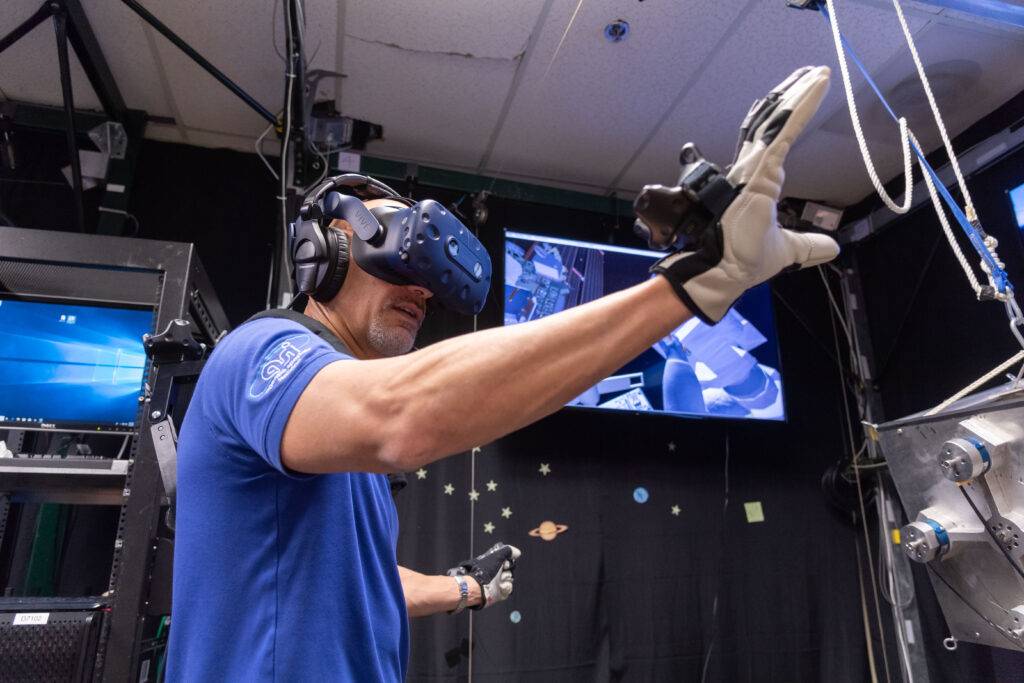
Through the AR device, the astronaut will be able to overlay relevant operational instructions, video, crew notes and reference documentation in the head mounted display when performing a task such as an experiment or maintenance task on board the ISS. This information can be ‘pinned’ in 3D space and provide navigation and control through the use of voice commanding.
The system once developed will be presented to members of the ESA astronaut core in a series to workshops to be held in ESTEC and the European Astronaut Centre (EAC) for feedback and further enhancements before deployment on board the International Space Station.








